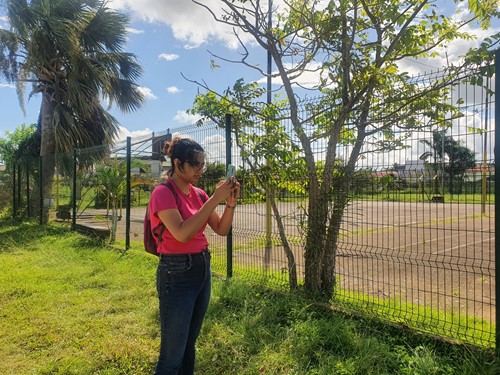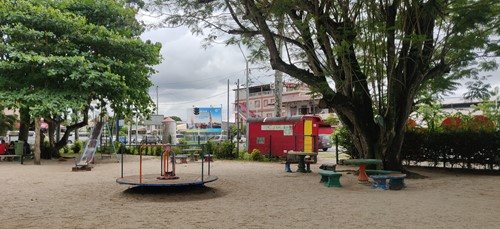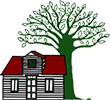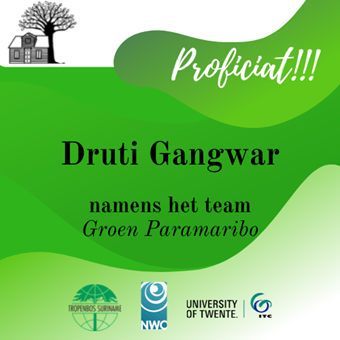Student Druti Gangwar mapped out the quality of the public green spaces for physical activity in Paramaribo
21 July 2022
We proudly present Druti Gangwar,
who successfully completed her master's research which was focused on:
"Mapping the quality of the public green spaces for physical activities in Paramaribo, Suriname


Longer indoor working hours and less outdoor recreational time threaten the health and well-being of urban residents. Urban green spaces are providers of opportunities for outdoor physical activity. Paramaribo has seen uncontrolled urban growth in recent decades, and it has come at the cost of trees, and urban forests leaving the city with fragments of forest and green cover. This is further worsened due to a lack of knowledge on the benefits of public urban green and improper management of urban green spaces. SDG 11.7 highlights the importance of “providing universal access to safe, inclusive and accessible, green and public spaces”. The COVID-19 pandemic has re-emphasized the importance of physical activities in maintaining a healthy lifestyle.
This study aimed to assess the ‘quality’ of public urban green spaces in Paramaribo and their relationship with the physical activities. The two objectives of this study were,
- To map the spatial distribution of quality characteristics for all public urban green spaces in Paramaribo
- To identify the relationship between quality characteristics and physical activity in all public urban green spaces of Paramaribo
A total of 30 locations were identified as ‘All’ Public urban green spaces for which quality characteristics measurements were derived from online spatial data and social media data. Among these 30 are the five locations being monitored under the Groen Paramaribo Project for which survey data is available. This research used geo-spatial tools to map the quality of public urban green spaces and statistically model their relationship with physical activity in/around these locations.
Results show that the qualities such as spaciousness, greenness, and quietness are higher for locations in Paramaribo’s outskirts, while accessibility (by walking) is higher in the south-west ressorts that comprise residential areas. The survey and field data measurements for five locations show that characteristics like safety, cleanliness, and facilities are essential to measure the overall quality of a public urban green space. Therefore, this study confirms that citizen gathered data on condition and uses of public urban green spaces is valuable. Findings for the second objective show that spaciousness and accessibility to a public urban green space are related to popularity of a location for physical activity. But the statistical outputs also suggest that the quality characteristics used are underestimating this probability meaning there might be more characteristics or external factors that can better explain this relation. A few possible factors could be surrounding land use of public urban green spaces, urban flooding, and the urban heat island effect. In the end this study discusses (i) the challenges and further recommendations for research on the ‘quality’ of public urban green spaces; and (ii) the implications for the urban management of public urban green space in Paramaribo.

Read more about all student research within this project

